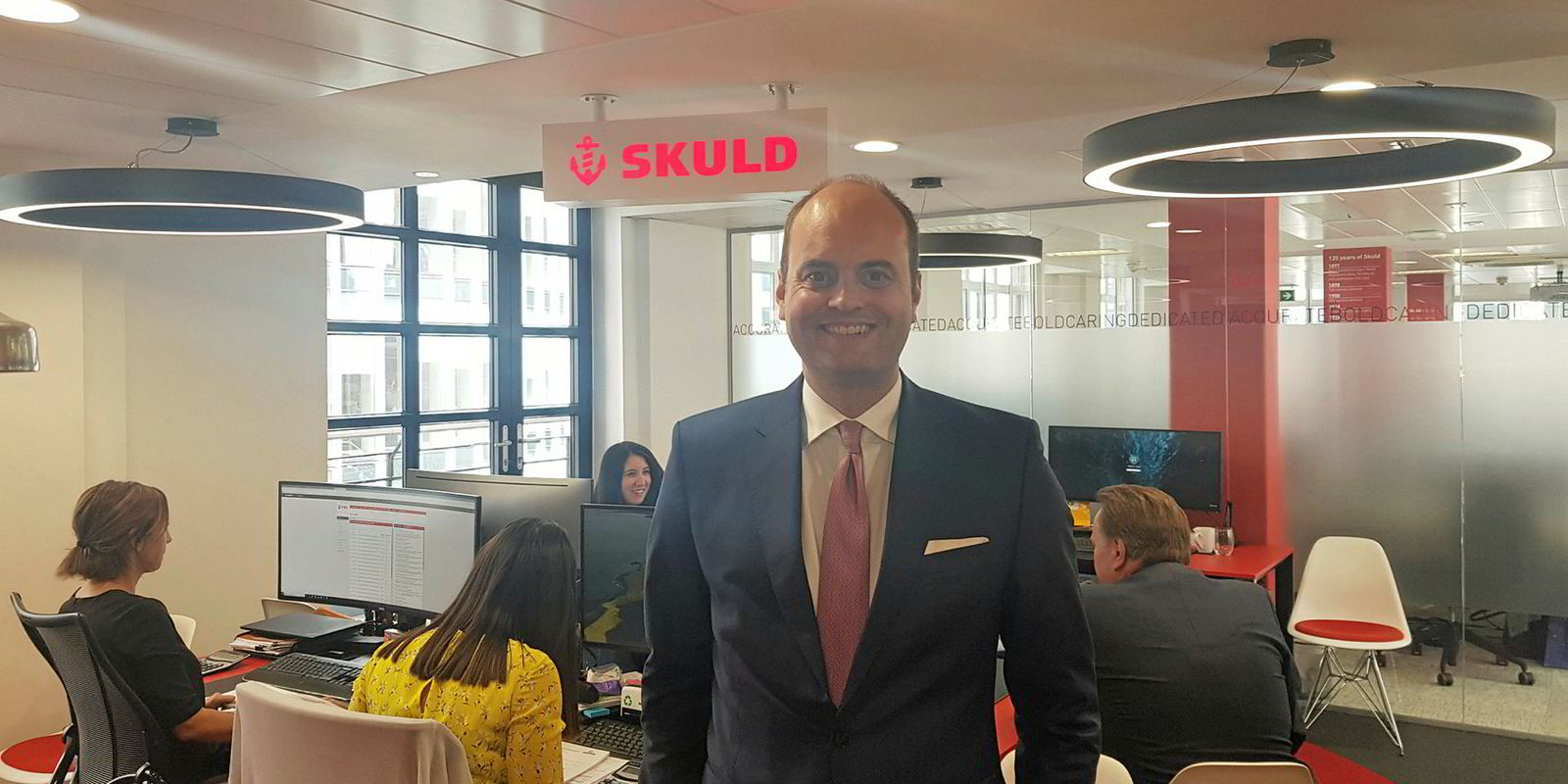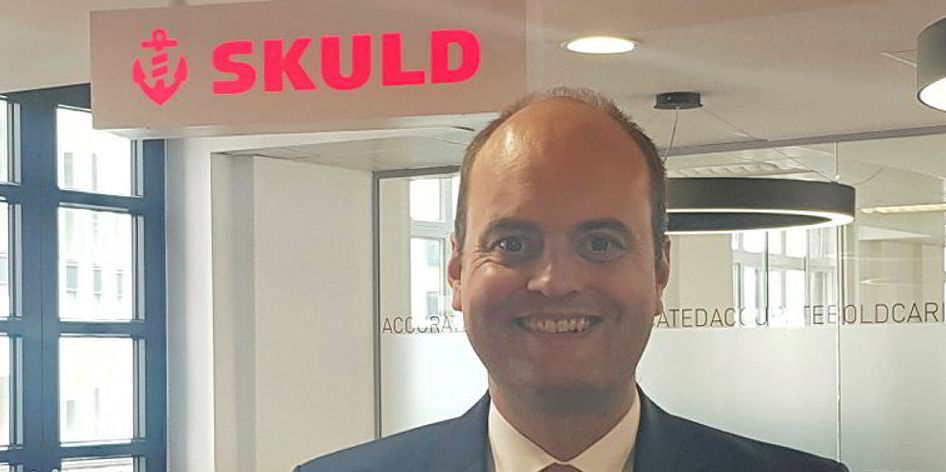Marine hull and machinery insurance rates finally appear to be hardening following a series of tough measures under taken by Lloyd’s of London chief executive John Neal to make the 331-year-old market profitable again.
While shipowners will groan at the thought of paying more for marine insurance, underwriters are celebrating the first signs that more than two decades of declining rates may be coming to an end.
Bolstering teams
Underwriter Beazley highlighted marine as an attractive market in its latest earning’s report, while brokers suggest the likes of Canopius and Asia Capital Reinsurance have been bolstering underwriting teams to take on more marine business.
Company earnings reports suggest mainline marine insurers are seeing an increase in premium of between 3% and 7% compared with last year, even though insured values continue to fall.
A recent sector report by broker Peel Hunt estimated marine rates had hardened by between 5% and 10% over the past two years.
However, it might not be enough for Lloyd’s syndicates to turn around losses. Despite a year of retrenchment in marine capacity during 2018, the Lloyd’s marine market performed at an underwriting loss of £343m ($415m) and a combined ratio of 116% in 2018.
However, it did at least mark an improvement on the 122% combined ratio in the previous year.
But marine was still Lloyd’s least profitable class of insurance and made the sector the subject of close scrutiny under the Lloyd’s Decile 10 programme established to monitor the worst 10% of each syndicate’s performance. Under the programme, more than a dozen marine providers have reduced Lloyd’s marine activity or totally withdrawn.
Many believe the Lloyd’s marine sector is at least heading for better results this year. Lloyd’s management noted a “generally positive pricing environment” in marine. It pointed out that 2018’s poor results were badly affected by a one-off, $700m loss of a luxury yacht during the Lurssen shipyard fire, which turned out to be the market’s largest-ever hull and machinery claim.

Rise in reinsurance rates
Another positive for the market is that reinsurance rates have increased 3% across all lines in the July renewal, according to recent analysis by Barclays, a factor that should eventually feed through to the primary markets.
But the marine market is not out of the woods yet. A costly claims year appears to be in prospect following a succession of major containership fires.
A lot of experienced and well-regarded underwriters have lost their jobs in the cutbacks and are not around to steer the market through the upturn.
AmTrust’s Pete Townsend, AXA XL’s Paul Newton, Aspen’s Don Harrell and Brit Insurance’s Robert Clarkson are among a dozen or so senior underwriters to have lost their jobs as companies have withdrawn or cut back from marine.
There are people working today half way through their careers who have never placed business in a hard market. It is a different skill set and it is a concern that the industry is losing these skills at the moment
Underwriter
'Different skillset'
One underwriter said their skills will be missed at a critical time in a hardening market.
“There are people working today half way through their careers who have never placed business in a hard market,” he said. “It is a different skill set and it is a concern that the industry is losing these skills at the moment.”
The other problem is the ease with which capital can transfer between markets. Much of the marine capacity to have left Lloyd’s has not disappeared but simply relocated to either the London company or the wider global market.
The International Underwriting Association, which represents the London company market, cited “business being moved from a Lloyd’s syndicate to a company platform” as a significant reason behind a 15% increase in premium reported by its members last year.
Skuld and Aspen Insurance were among the marine insurers to move marine capacity over to the company market. Swiss Re, a huge player in all sectors of the marine market at Lloyd’s and the London company market, has quit the cargo markets and shifted its London hull and machinery business to Zurich in Switzerland.
One broker said it is guiding more Lloyd’s business to the lower-cost, price-competitive company or global markets to protect owners from rate rises.
“We are helping shipowners to offset increasing rates at Lloyd’s market by placing more of their risk with keener pricing in the company market or growing markets like Asia,” she said.
Then there is the prospect of fresh capital, attracted by rising rates, entering the market and potentially keeping rates down. Convex is one such enterprise (see separate story).
Reducing costs
More recently, Lloyd’s has turned its focus to reducing costs rather than increasing premium as a method of returning to profit.
One estimate put Lloyd’s’ acquisition costs — how much has to be paid in administration and commission before an underwriter can receive the premium — as much as 40% higher than other markets in some cases.
Underwriters are already looking at big data for more accurate risk assessment and underwriting.
Neal has already made a digital transformation of the Lloyd’s market his key priority.
Some brokers and underwriters insist that the specialist knowledge required for marine underwriting make it the last in line for automated placing and claims handling.
However, although no figures are available, marine is already contributing to the electronic placement platform and the electronic claims files.







